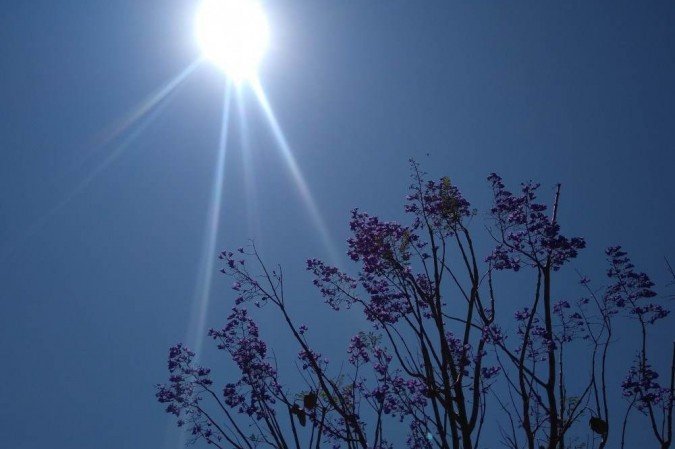 |
|
| Photo: Pedro Marra/CB/DA Press |
Skin cancer is the most common type of cancer in Brazil, accounting for 33% of cases in the country. The National Cancer Institute (Inca) records about 185 thousand new diagnoses of the disease annually, and melanoma is considered the most aggressive form of the disease, responsible for more than 8 thousand cases. In December, the national campaign to prevent the disease, known as December Orange, was implemented.
In 2020, 176,930 cases and 2,616 deaths from the disease were recorded by the Incas. According to dermatologist Marilou Tiuba, of Clínica AMO, who specializes in the Brazilian Society of Dermatology, skin cancer is caused by the abnormal and uncontrolled growth of skin cells and the main cause is excessive, unprotected solar radiation.
The doctor explains that there are two types of skin cancer: non-melanoma skin cancer – which is basal cell carcinoma, usually found in the head or neck, and squamous cell carcinoma, which can also be associated with burn scars and sores that do not close (the most common) – and melanoma (most common). aggressive, albeit infrequent). When melanoma is caught early, it can be cured in about 100% of cases. However, if diagnosed late, it can cause metastasis and even death.
“The sun emits different types of radiation: visible light, infrared and ultraviolet, which are divided into A, B and C, the latter being completely filtered by the ozone layer. A and B manage to reach the surface. da Terra”, explains the surgeon Microsurgery, Mohs and member of the Brazilian Society of Dermatologic Surgery, Alexandre Louise Weber.
The doctor explains that UVA rays reach the skin deeper and mainly cause skin aging in addition to the emergence of some types of cancer. Shorter UVB rays, which are emitted more intensely during the summer and reach the skin more superficially, are the main causes of much feared melanoma.
To identify non-melanoma types, it is necessary to pay attention to lesions that are slow to heal, bleed easily and/or have a shiny appearance on the surface.
“For melanoma, the simple form almost always revealed in educational campaigns is the ABCDE rule, where we assess asymmetry, irregular borders, color diversity, diameter greater than 6 mm and lesion progression,” explained Marilou Tiuba.
It is noteworthy that the final diagnosis can only be made by a specialist, through a biopsy.
Josimeire Crecci Nunes, a physical therapist at HRAN, first had skin cancer 15 years ago, and since then, he’s never been in the sun without protecting himself as much as possible. “Clubs, pools, beaches, sea, after sunset only. I use sunscreen strictly, min 50 factor and reapply two or three times a day, however, if you need to walk some distance, feel the sun and always use an umbrella.” I wear long-sleeved clothes so as not to expose myself in any way.” Even with all the care, three new malignant lesions appeared.
Here, the importance of professional monitoring to ensure early diagnosis. “I found out I had skin cancer because I had a mole on my leg that eventually changed its features and started to get my attention,” said the physiotherapist.
“I went to a dermatologist, asked to take a sample from him, the result came as a malignant melanoma, which is the most aggressive form, but as I found out early, in the first stage, I had surgery with a very large margin, I even had to do a transplant in the area .But I didn’t need chemotherapy or radiotherapy: The surgery was enough,” says Gossimir.

“Wannabe internet buff. Future teen idol. Hardcore zombie guru. Gamer. Avid creator. Entrepreneur. Bacon ninja.”
